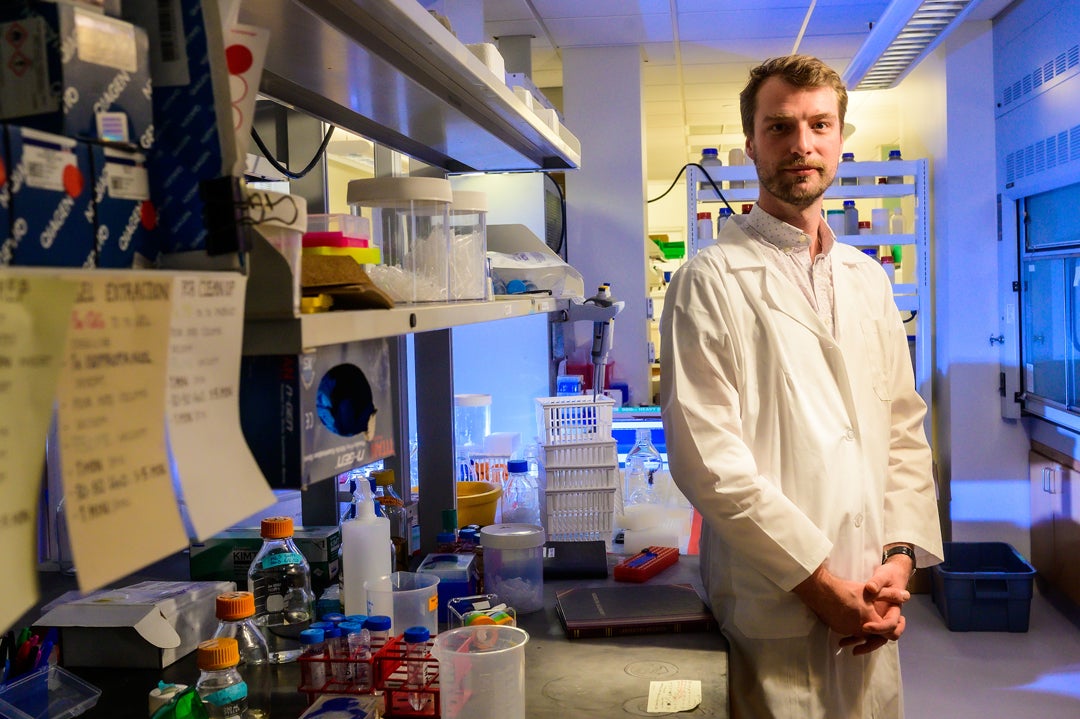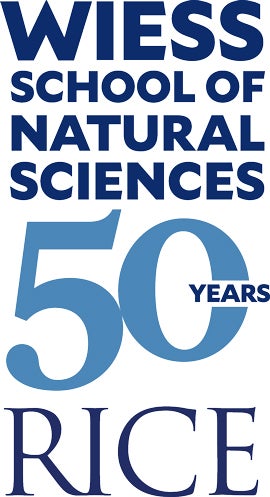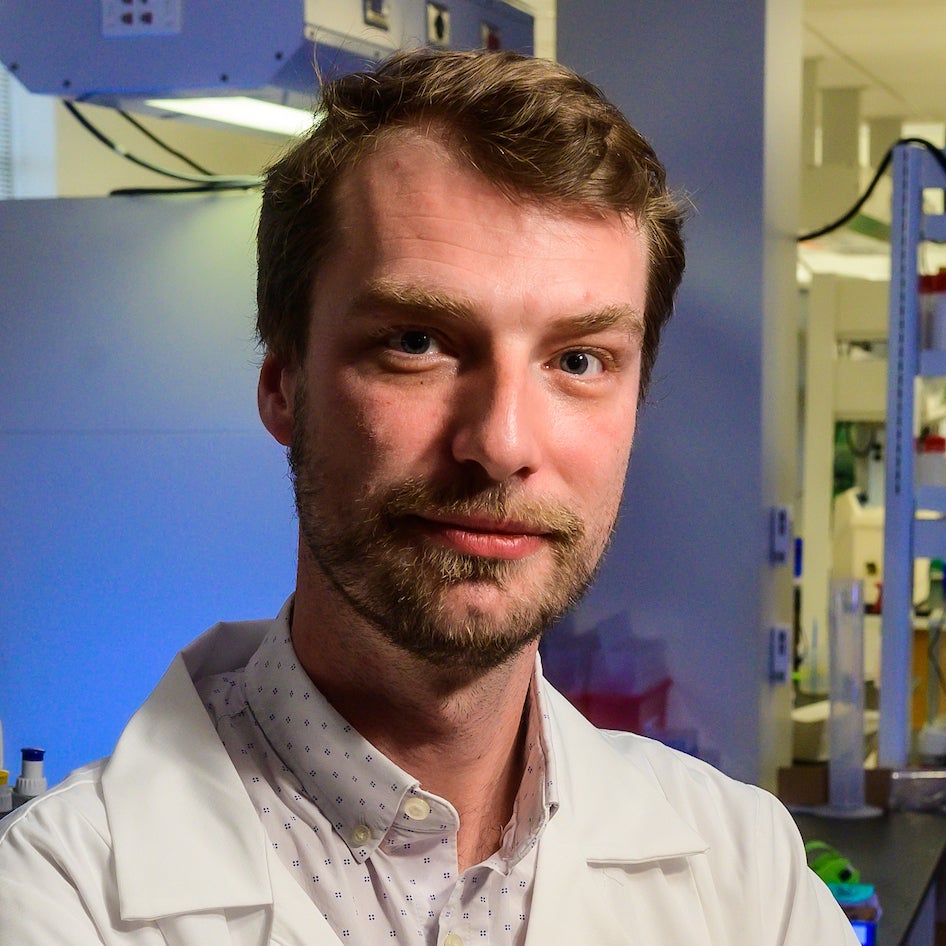
RNA was misunderstood and underestimated for years, and James Chappell’s lab is working to change its reputation.
“For a long time, RNA was seen as this passive go-between that decoded DNA into proteins and didn’t do much else,” Chappell said. “However, as we studied it more we’ve learned it’s actually a much more versatile molecule. It’s not just passively decoding information. It can sense things. It can control and regulate gene expression. It can do catalysis. It’s very functionally versatile.
Chappell, associate professor of biosciences, said RNA could be the key to simultaneously reprogramming thousands of different species of microbes, and his lab is dedicated to discovering ways of accomplishing that.
As a field, synthetic biology has typically relied upon DNA to introduce useful programming into cells, but the proteins encoded by DNA can work differently in different species of single-celled organisms. Chappell said RNA could be more versatile, like an auto part that can be fitted onto any make or model of car.
“Our lab is founded, in part, on the idea that RNA will be very functionally portable, meaning it will function in many, many different species and behave the same,” he said. “Compared to DNA or proteins, we see RNA being more of a universal system that we can adapt to lots of different contexts.”

The goal is to harness RNA as a tool for engineering some or all of the microbes in microbiomes, communities of bacteria, fungi and viruses that live in particular environments. These are everywhere in nature, from your gut to the sediments at the bottom of the ocean. A single tablespoon of soil, for example, can contain trillions of individual microbes representing tens of thousands of species.
“We think a lot about ‘What are the big technical challenges that stop us from engineering microbial communities today?’ and ‘How can we create innovative tools that will allow us to do that better?’” Chappell said.

That thinking has led to discoveries that could address wide-ranging applications. Chappell’s team is collaborating to create tools that will allow microbes at sewage treatment plants to generate renewable energy as they clean wastewater. Through another collaboration, his lab is developing genetic sensors and recorders, programming that can essentially allow microbes to keep running diaries that could, for example, allow researchers to quickly scan soil samples to find all of the pollutants in an environment.
Microbial communities encode large numbers of genes of unknown function, and Chappell’s team is part of yet another collaboration with Rice bioscientist Yousif Shamoo that’s hoping to mine these genes to address the growing threat posed by antibiotic-resistant pathogens.
“There’s a huge wealth of chemical 'dark matter' encoded in genes of unknown function across microbial communities,” Chappell said. “We’ve made simple RNA tools that serve as light switches we can use to go into those microbes, turn those genes on, and elicit their functions. Using this approach, we are mining for novel antibiotics.”
The work is interdisciplinary by nature and requires collaboration, but the ubiquitous nature of microbial communities means the potential is almost limitless.
“In a way, we’re application agnostic,” Chappell said. “We work on health, on the environment and on sustainability. We work all over because if we can improve our ability to program microbiomes, and get traction with the type of science that we do, we can go after all of those problems and more.”

